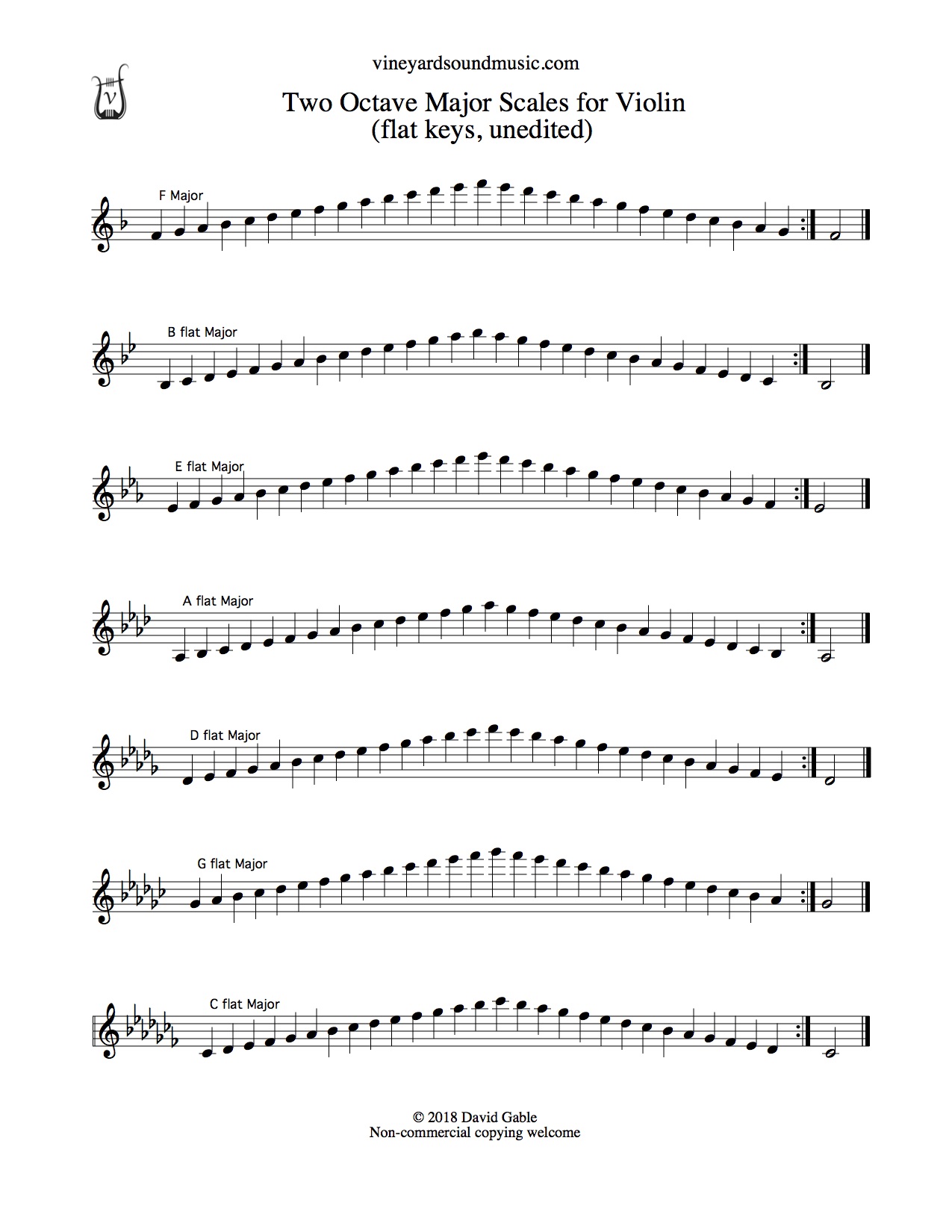

The finale’s ‘hunting’ theme is a precursor of the rondo from the K482 piano concerto in the same key. The impression that Mozart has postponed the music’s melodic development from its normal position at the start of the second half of the movement to this later stage is strengthened by the fact that the actual development section had consisted entirely of new material. Instead, to the accompaniment of a winding line on the piano, the violin continues to develop the theme’s outline-and in particular, its sighing appoggiatura.

This time, there is no turn to the major following the main theme. Gradually the music increases in intensity, until a rising chromatic scale leads into the reprise. The middle section introduces a new idea, accompanied on the piano in a manner that evokes the sound of murmuring clarinets. The key of its beginning is not maintained for long, but the change to the major brings with it a barely altered form of the same melody while towards the end of the movement’s first half, the theme-still in the major-assumes a rising shape that carries a still greater sense of yearning. The G minor slow movement, with its main theme featuring ‘sighing’ appoggiaturas, has an affecting mood of pathos, and its atmosphere looks forward to the variation slow movement, also in G minor, of Mozart’s piano concerto K456. Right at the end of the development, the chords are subdued to a sudden pianissimo, and presented in note-values of twice their original duration-an effect which lends added impetus to the start of the recapitulation. The central development section at first takes off in a new direction, with a fanfare-like idea for the piano but the chords soon make a return, leading to a dramatic passage in the minor.

The chords form punctuation marks during the course of the piece, their appearance almost invariably heralding a startling change of key. The Sonata in E flat major, K380, the last in Auernhammer’s series, opens with imperious tonic chords dropping from one octave to the next.


 0 kommentar(er)
0 kommentar(er)
